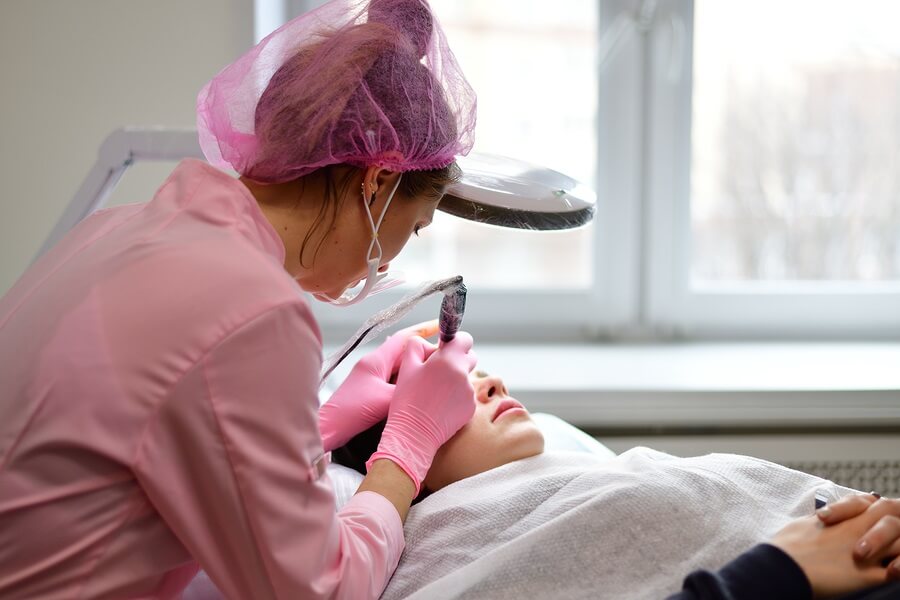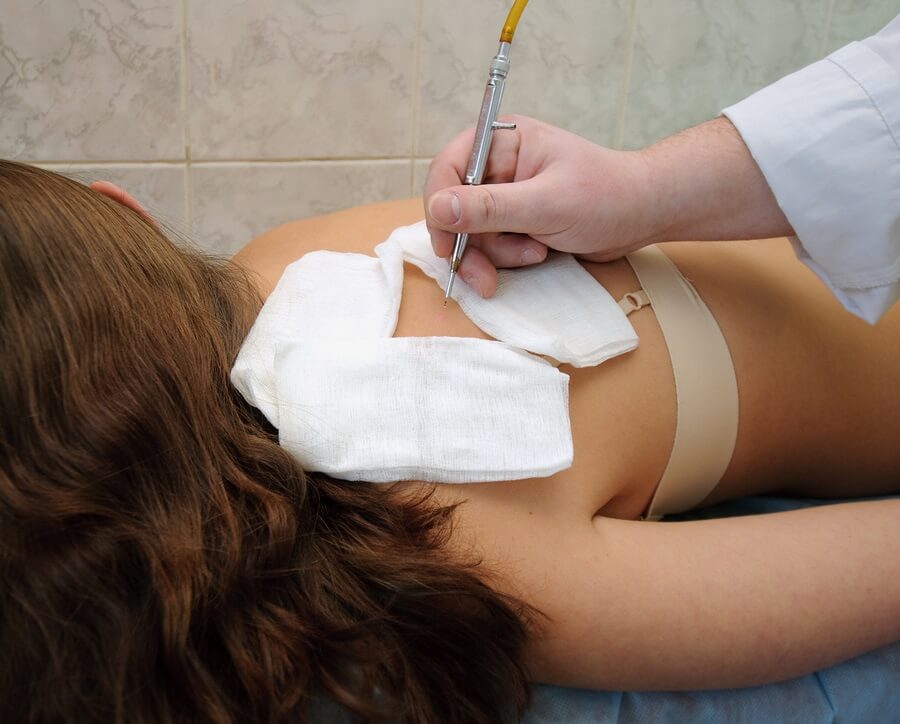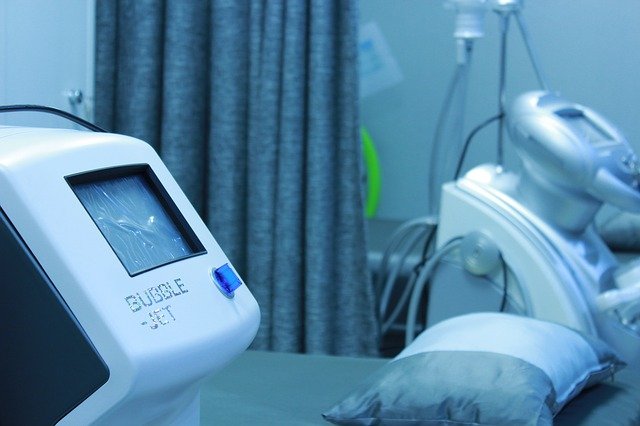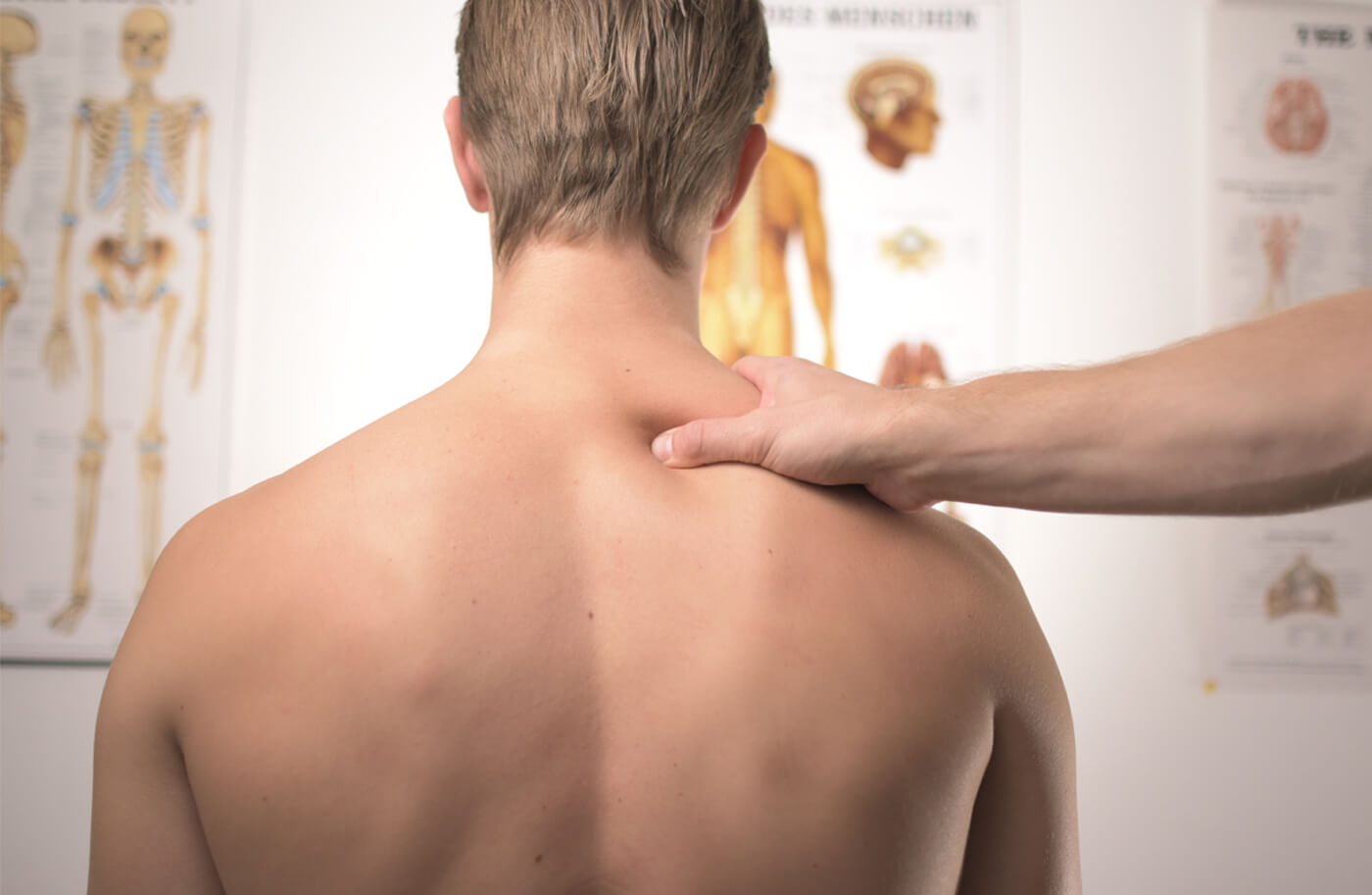Ultherapy:
Ultherapy is an effective FDA-approved procedure that employs ultra-sound technology to tighten sagging areas of skin on the face, neck and chest. Unlike facelift and the likes, ultherapy is non-surgical and non-invasive.
It basically entails depositing micro-focused ultrasound energy at recommended temperatures deep below the skin, triggering the natural process of the production of collagen – an important structural protein of the skin that makes it firm and rigid – to reduce the effect of aging
Why Ultherapy?
Among the groups of protein found in the connective tissues of the skin, two are note-worthy: Collagen and Elastin
Collagen is most abundant and forms the rigid framework of tissues while elastin, just as the name implies, has elastic properties and allow tissues to return to their initial shape after being stretched or contracted
In young skin, these proteins are healthy and in good quantity. But as we approach the age of 35 – 60 years, their functionality declines and our skin produce less of them. Collagen becomes more thickened, rigid and gradually breaks down, resulting in lining, bending and caving in of the skin, characteristic of wrinkling. Elastin also begins to lose its elastic ability, giving the skin the appearance of a permanent stretch, characteristic of the sagging we see around the eyes, jawline and neck
Related : Hopes in Allergy Treatment
Preparation for the procedure
As opposed to most health procedures, the preparation for an ultherapy procedure is very minimal. Normal eating, drinking and work routines can be maintained before and even immediately after the procedure.
However, you may be required to abstain from the use of makeup and other topical products that contain ingredients like isotretinoin, glycolic acid, etc, few days to the procedure.
Also, you may be instructed by your therapist to take pain-killing or anti-inflammatory medications before, during or after the procedure
The Procedure and Expectations
Treatment duration is dependent on the target area. But typically, procedures to cover the face and neck takes 60 – 90 minutes while the chest takes 30 minutes. Also, there is no downtime with ultherapy, meaning you won’t be placed under observation or given post-procedural treatment, hence you can resume your normal activities immediately after the procedure.
The area to be treated is first cleaned of any oil or dirt residue, after which a sonogram gel is applied. The ultherapy device is placed directly on the skin, adjusted to the appropriate settings and ultrasound energy delivered precisely to the target areas. During the procedure, you may experience periodic feelings of heat and a tingling sensation.
Related : Laser Tattoo Removal
The target area is heated to temperatures between 60 – 70°C aggressively causing surrounding collagen to contract, denature and begin to synthesize new ones (through a process called neocollagenesis). You may notice some changes immediately after the procedure, but significant results of skin-tightening will be evident as from 90 – 180 days as the collagen wound-healing process will cause long-term remodeling of tissues and further generation of fresh collagen. How long the treated area will remain firm is dependent on your natural aging process. But it typically lasts a year or more.










